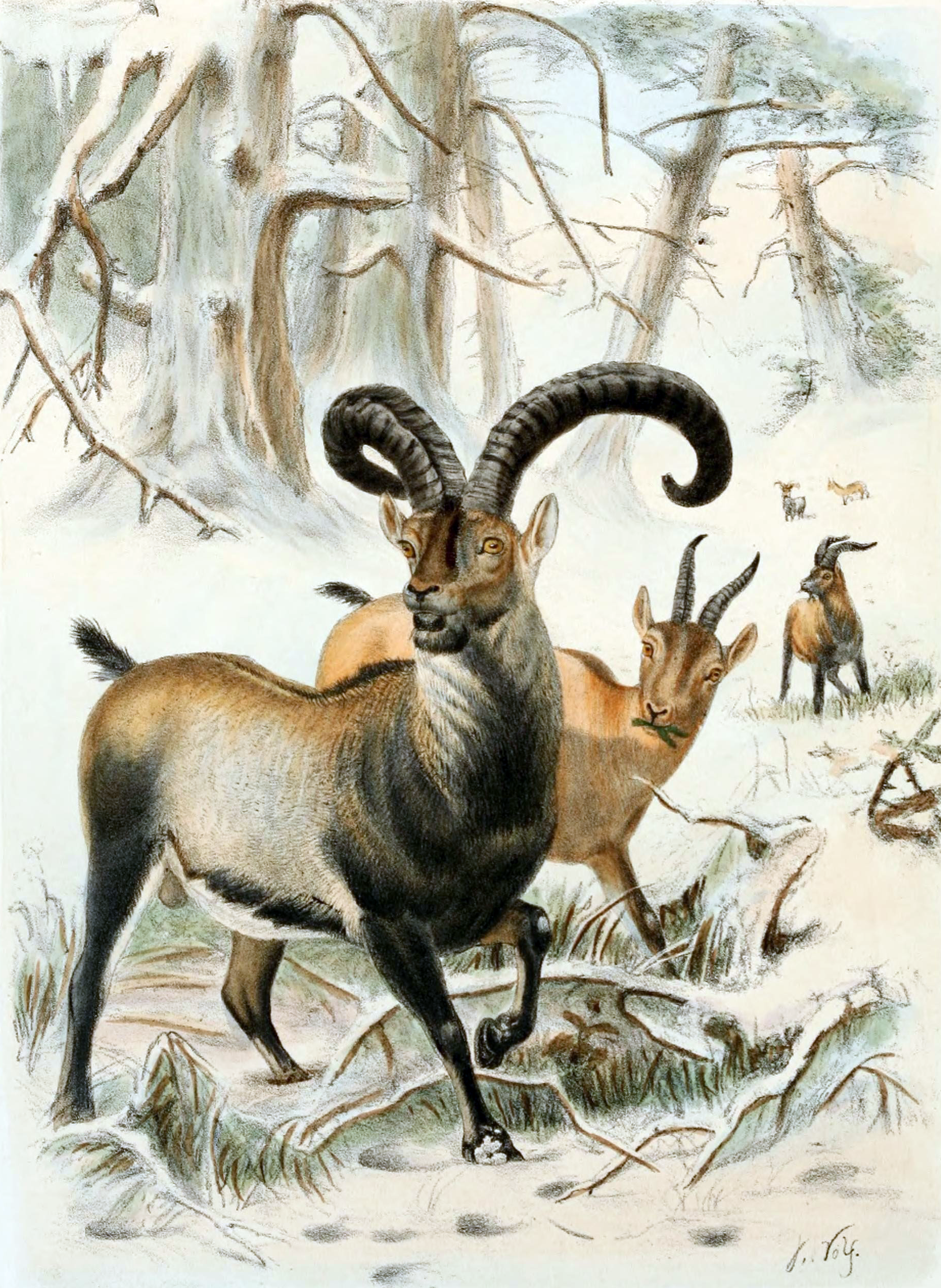
De-extinction
De-extinction (also known as resurrection biology, or species revivalism) refers to several proposed processes for generating organisms similar or identical to extinct species.[1] Cloning is the most widely proposed method, although genome editing and selective breeding have also been considered. Similar techniques have been applied to certain endangered species, in hopes of increasing their genetic diversity. The only method of the three that would provide an animal with the same genetic identity is cloning.[2] There are benefits and drawbacks to the process of de-extinction ranging from technological advancements to ethical issues.
The only animal brought back from extinction (briefly) is the Pyrenean ibex. A cloned specimen was born in July 2003, but died after several minutes due to a lung defect.
The technologies being developed for de-extinction could lead to large advances in various fields:
Prioritising de-extinction could lead to the improvement of current conservation strategies. Conservation measures would initially be necessary in order to reintroduce a species into the ecosystem, until the revived population can sustain itself in the wild.[14] Reintroduction of an extinct species could also help improve ecosystems that had been destroyed by human development. It may also be argued that reviving species driven to extinction by humans is an ethical obligation.[15]
Disadvantages of de-extinction[edit]
The reintroduction of extinct species could have a negative impact on extant species and their ecosystem. The extinct species' ecological niche may have been filled in its former habitat, making it an invasive species. This could lead to the extinction of other species due to competition for food or other competitive exclusion. It could lead to the extinction of prey species if they have more predators in an environment that had few predators before the reintroduction of an extinct species.[15] If a species has been extinct for a long period of time the environment they are introduced to could be wildly different from the one that they can survive in. The changes in the environment due to human development could mean that the species may not survive if reintroduced into that ecosystem.[11] A species could also become extinct again after de-extinction if the reasons for its extinction are still a threat. The woolly mammoth might be hunted by poachers just like elephants for their ivory and could go extinct again if this were to happen. Or, if a species is reintroduced into an environment with disease for which it has no immunity, the reintroduced species could be wiped out by a disease that current species can survive.
De-extinction is a very expensive process. Bringing back one species can cost millions of dollars. The money for de-extinction would most likely come from current conservation efforts. These efforts could be weakened if funding is taken from conservation and put into de-extinction. This would mean that critically endangered species would start to go extinct faster because there are no longer resources that are needed to maintain their populations.[16] Also, since cloning techniques cannot perfectly replicate a species as it existed in the wild, the reintroduction of the species may not bring about positive environmental benefits. They may not have the same role in the food chain that they did before and therefore cannot restore damaged ecosystems.[17]